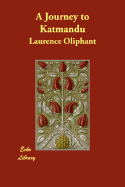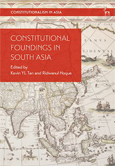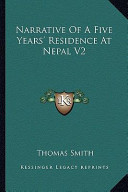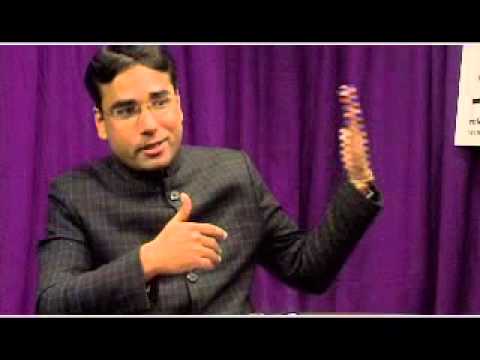Warning: Undefined variable $post in /home/bipinadh/public_html/wp-content/themes/personal/functions.php on line 281
Warning: Attempt to read property "ID" on null in /home/bipinadh/public_html/wp-content/themes/personal/functions.php on line 281
Warning: Array to string conversion in /home/bipinadh/public_html/wp-content/themes/personal/functions.php on line 292
Warning: Undefined variable $pinterest_icon in /home/bipinadh/public_html/wp-content/themes/personal/functions.php on line 430
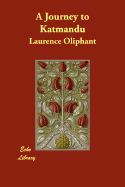
Laurence Oliphant, A Journey to Katmandu (London: John Murray, 1852)
Jung Bahdur Rana (1816 – 1877) has been one of the most talked about figures in the history of Nepal. The founder of the Rana dynasty, he has been remembered as a tyrant, a Maharaja, a Kazi (Prime Minister), a diplomat, a nationalist, and a brave man. Depending on one’s focus, several authors have tried to explore Jung Bahadur in terms of his vibrant personality, power, and clout in the Nepal that he lived in. One among such authors was Laurence Oliphant.
I n 1951, Oliphant, a British author and the son of the chief justice of Ceylon, had the opportunity to accompany Jung Bahadur from Colombo to Nepal, when he was on his way back to the country from his state visit to England. Oliphant was thirteen years younger than Jung. As a co-traveler, smart and curious, he got a very precious opportunity to know Jung Bahadur and spend sometime in Kathmandu, experiencing it very closely. The book, A Journey to Katmandu [London: John Murray, 1852], was his first one. It is a treasure of information not just on Jung, who had already succeeded to become Kaji Major General by that time, but on everything that Oliphant came across and had the opportunity to observe.
The book starts with the arrival of Jung Bahadur and his entourage in Ceylon. From there, they take on ‘Atlanta,’ one of the oldest steam frigates in the British Indian navy, to sail to Calcutta, the nearest sea port from Nepal, and then by some elephants to Benares. Jung had a short but elegant stay in Benares. “If he had been a lion in London,” notes Oliphant, “he was not less an object of interest at Benares.” Jung was always crowded with visitors of high degree during his short stay there. These visitors were both Indian and European. An old native king in particular was frequently seen visiting Jung. The reason behind these frequent consultations was his willingness to offer Jung the second daughter of the ex-king of Coorg (which was by then already taken away by the British) in marriage. So Jung did not disappoint him and married the ex-princess.
At Benares, a regiment of Nepal army was already waiting to escort him to Nepal. He favoured the inhabitants of Benares, and the English in particular, to review the Nepalese regiment. The platoon exercise they performed was exciting for many. Oliphant notes that the exercise was done with the “utmost precision at different notes of the music” without anybody commanding the platoon. Jung mentioned that his wife wanted that some other means be invented to put the men through their exercises than by “hoarse shouts, which grated upon her ear.”
The author tries to give a detailed sketch of Jung Bahadur’s career in the book. Apart from this, Oliphant has also described Jung’s shooting camp at Jaunpore, the area being close to Benares, his mode of dispatching an alligator, a Nepalese dinner, a picnic on the frontier, the Nepal Terai and its resources, the great elephant exhibition of 1851, and the scenes of war of 1814-16. As all western visitors who visited the valley of Kathmandu before him, Oliphant also tries to explain what he observed there including the distinguished features of the people of Nepal, their temples and architectures, and the resources and capabilities of the country. Of course, the author does not forget to mention the magnificent view of the Himalayas from the summit of ‘Sheopoori’ and the view of the Kathmandu Valley from the summit of the Chandragiri Pass. Based on his interactions, he also praises Jung Bahadur’s popularity with the Nepalese peasantry and the army.
At one place, Oliphant cautions: “It is worthwhile to make a trip to Nepaul, not only for the delight of viewing the romantic beauty of its scenery, of wondering at the stupendous height of the mountains, of roaming amidst its ancient cities, ruined palaces, and glittering pagodas, but in order to take a lesson in human nature, for we are not at liberty to suppose that the princes and nobles of this country are a more depraved class than any other body of men, the fact being that a Nepaulese follows his natural impulses, unflattered by the restraints of our standard of civilization and morality, and the results are apparent.”
Going ahead, Oliphant offers retrospection: “Is not the more civilized inhabitant of western lands actuated by the same feelings, and would he not behave in the same manner as his swarthy brother in the East, had he been brought up in the same code of morality, and were he as fearless of the consequences of his following the bent of his own inclination? But, if so, then the visitor to Nepal simply sees the game of human life played openly and unconstrainedly, and in no way hampered by the rules which prevail in more civilised countries; and the unsophisticated tyro has only to come here and learn in a month what would cost him a lifetime of anxious study in a country enjoying the blessings of civilization.”
The book has many such interesting opinions. Jung Bahadur was born almost at the end of the Anglo-Nepalese War of 2014-16. His feeling as regards to a war with the British, as Oliphant has noted, was not graceful when Jung said to him: “If a cat is pushed into a corner it will fly at an elephant, but it will always try to keep out of the corner as long as possible.” Of course, Jung had a policy in the matter of war and peace as well. The book is an interesting reading even after 160 years of its publication.
